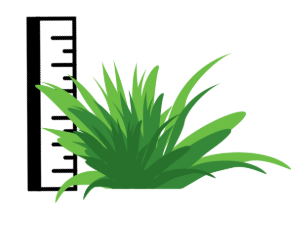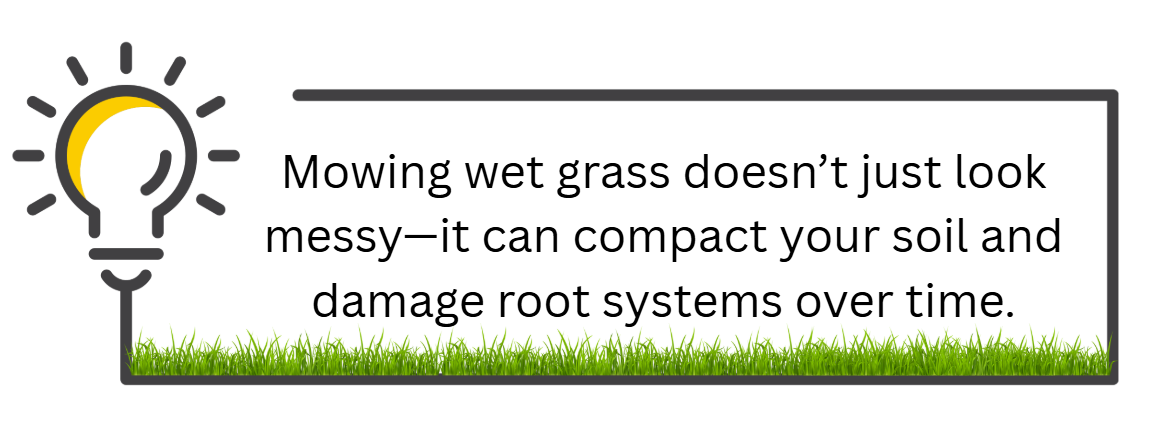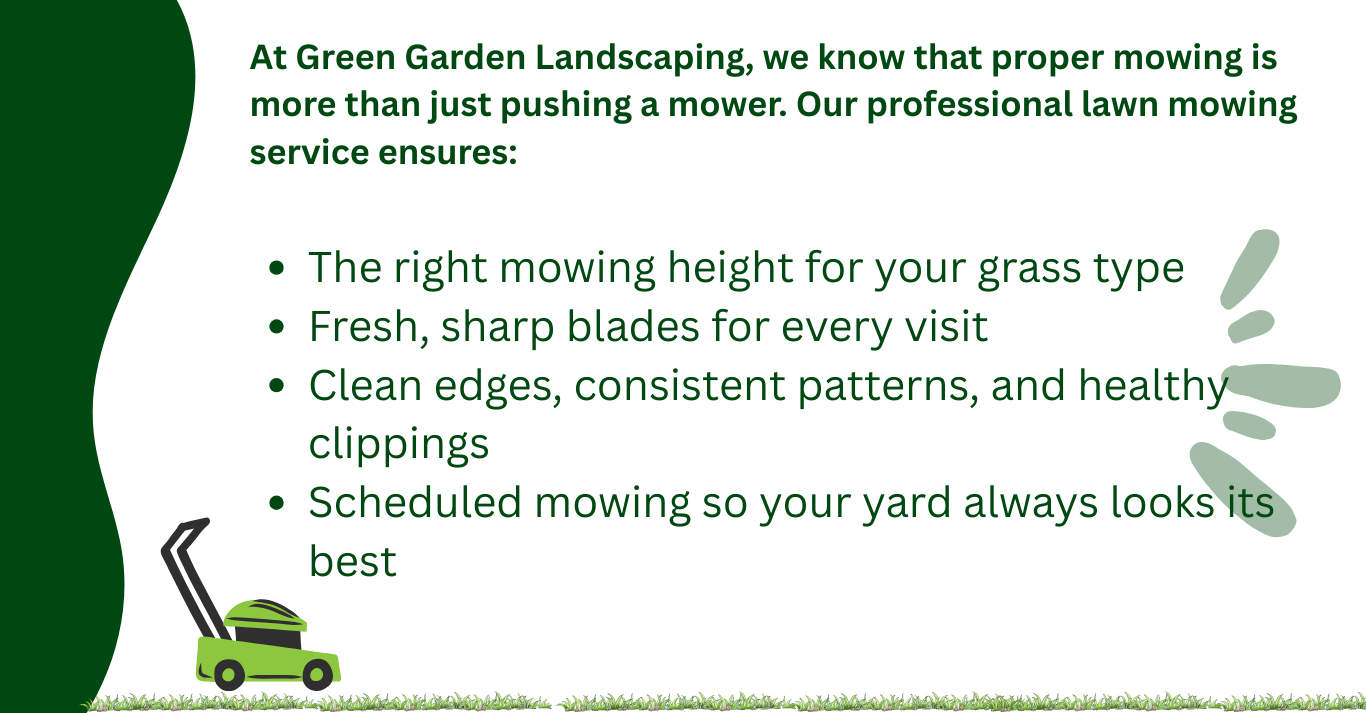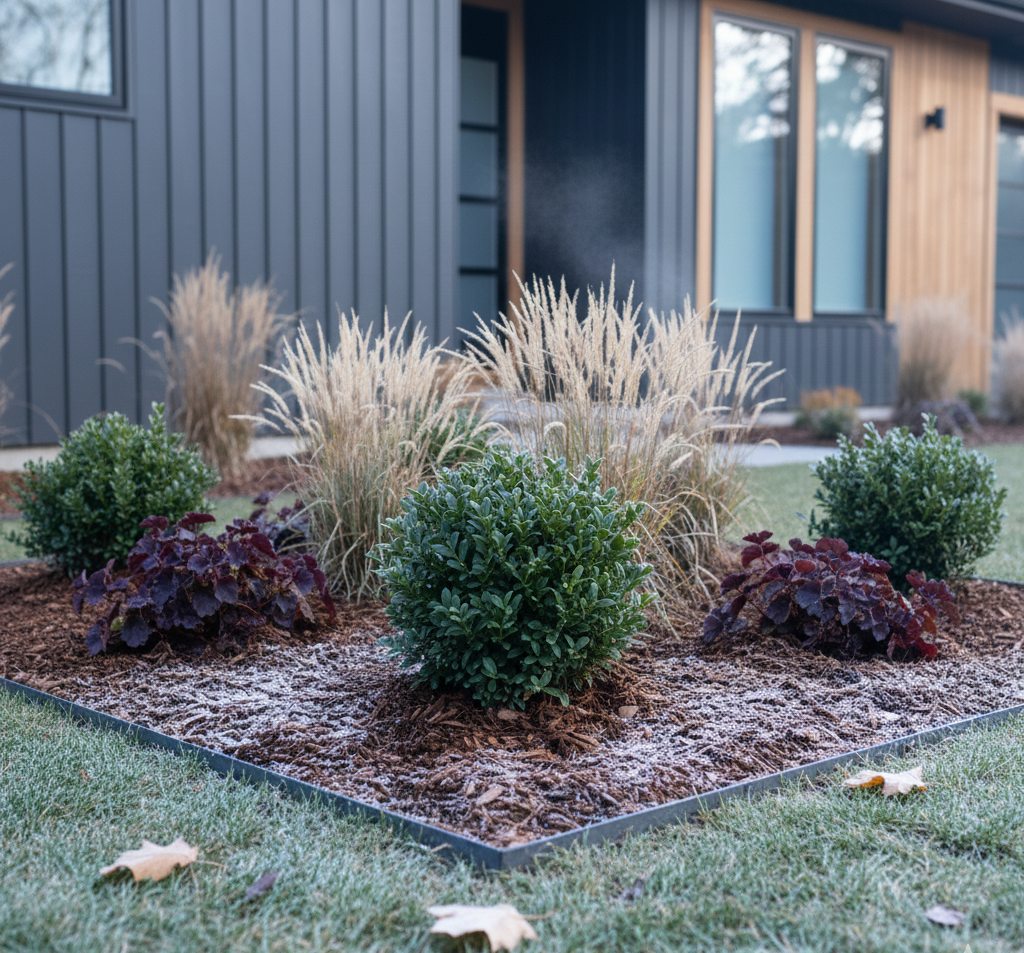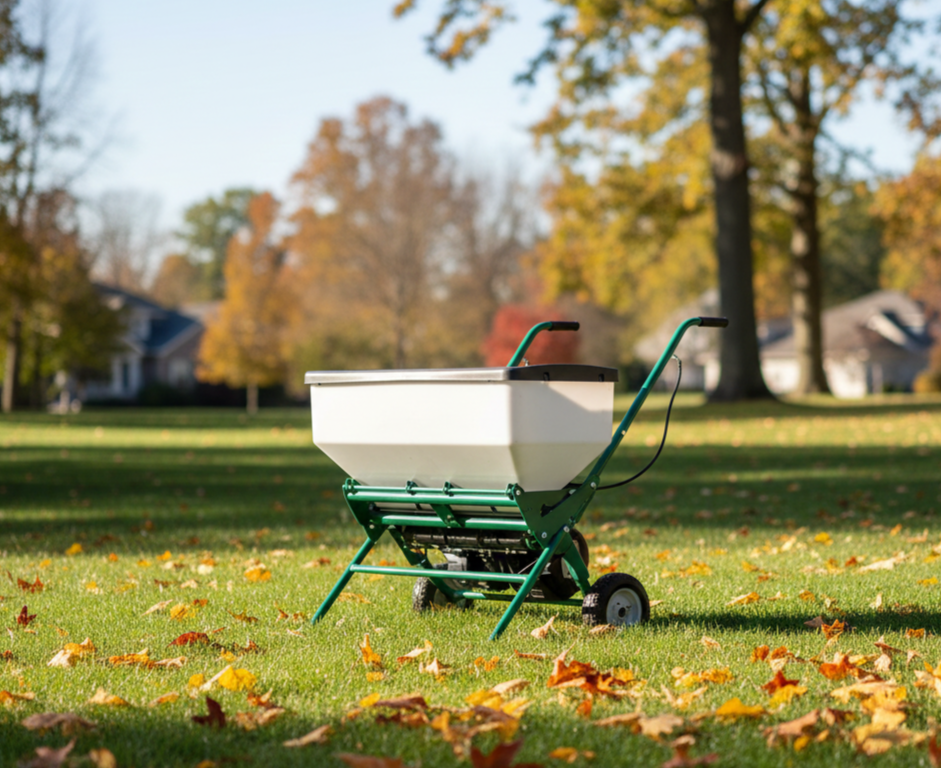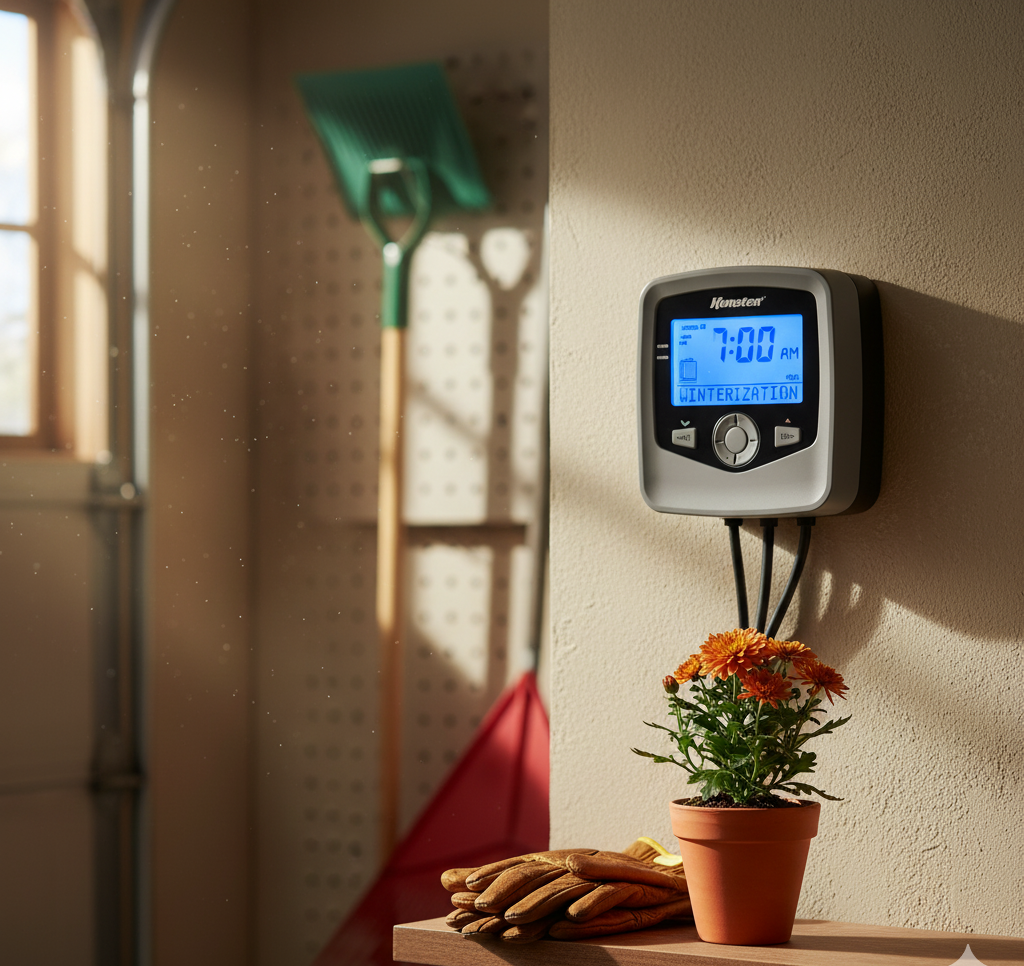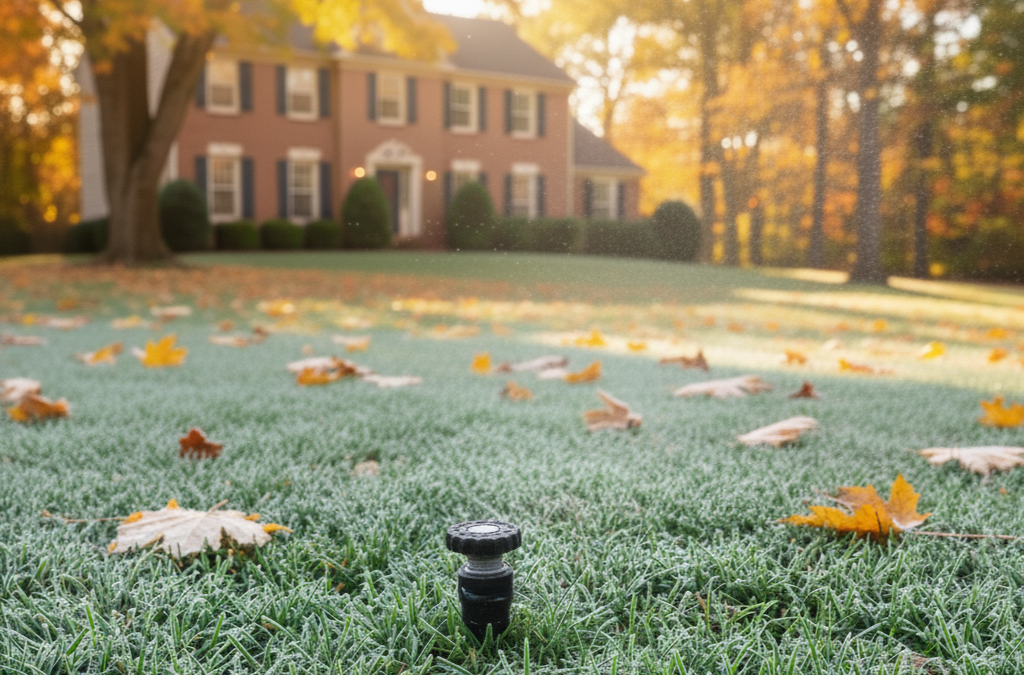Cutting your grass too short is one of the most common (and damaging) mistakes. When grass is scalped, it loses the ability to photosynthesize efficiently and is more prone to stress, weed growth, and disease. The general rule: never remove more than one-third of the blade at a time
Pro Advice: Keep warm-season grasses (like Bermuda or Zoysia) trimmed between 1.5–2.5 inches, while cool-season grasses (like fescue) do best between 2.5–3.5 inches.


